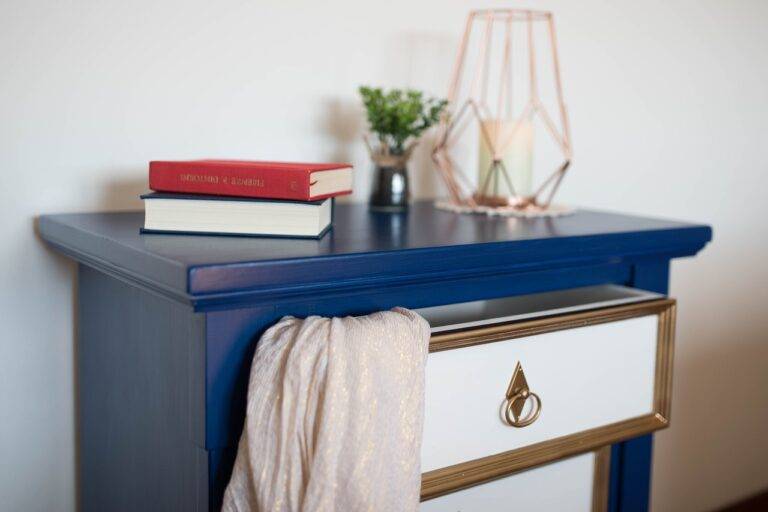Creating a Home Art Therapy Space: Design Ideas for Healing
Creating a dedicated space for art therapy is essential for those looking to engage in this healing practice. The environment should be calming and inspiring, free from distractions that could hinder the creative process. Begin by selecting a room that is quiet, well-lit, and comfortable.
Consider the layout of the space, ensuring there is ample room for art supplies and workspace. Personalize the area with artwork, plants, and other elements that bring you joy and tranquility. By curating a space that is specifically designed for art therapy, you can enhance the therapeutic benefits and create a welcoming retreat for self-expression.
Choosing the Right Colors for a Calming Environment
When setting up a space for art therapy, selecting the appropriate colors can significantly impact the overall calming atmosphere. Soft pastel shades like pale blue, lavender, and mint green are often recommended for creating a sense of tranquility and relaxation. These hues are known to promote feelings of serenity and peace, which can be conducive to the therapeutic process.
In contrast, bright and bold colors like red, orange, and neon shades may evoke feelings of energy and excitement, which might not be ideal for a calming environment in an art therapy setting. It’s essential to consider the psychological effects of different colors on individuals and choose those that will help create a soothing space for clients to explore their emotions and express themselves freely through art.
How can setting up a dedicated space for art therapy help in creating a calming environment?
Having a dedicated space for art therapy allows you to focus on your creative process without distractions, which can help to promote relaxation and reduce stress.
Why is it important to choose the right colors for a calming environment?
Colors have the ability to affect our mood and emotions, so choosing calming colors can help create a peaceful and tranquil atmosphere conducive to relaxation and stress relief.
What are some examples of calming colors that can be used in a calming environment?
Some examples of calming colors include soft blues, soothing greens, gentle purples, and neutral tones like beige and taupe. These colors are known to promote relaxation and a sense of peace.
How can I incorporate calming colors into my art therapy space?
You can incorporate calming colors into your art therapy space by painting the walls in soothing hues, using soft furnishings in calming colors, and incorporating artwork or decor in shades that promote relaxation.
Are there any colors to avoid when creating a calming environment?
While everyone’s preferences are different, colors that are typically considered energizing or stimulating, such as bright reds, oranges, and yellows, may not be conducive to creating a calming environment for art therapy.





